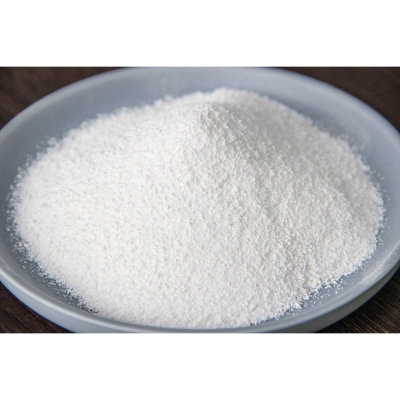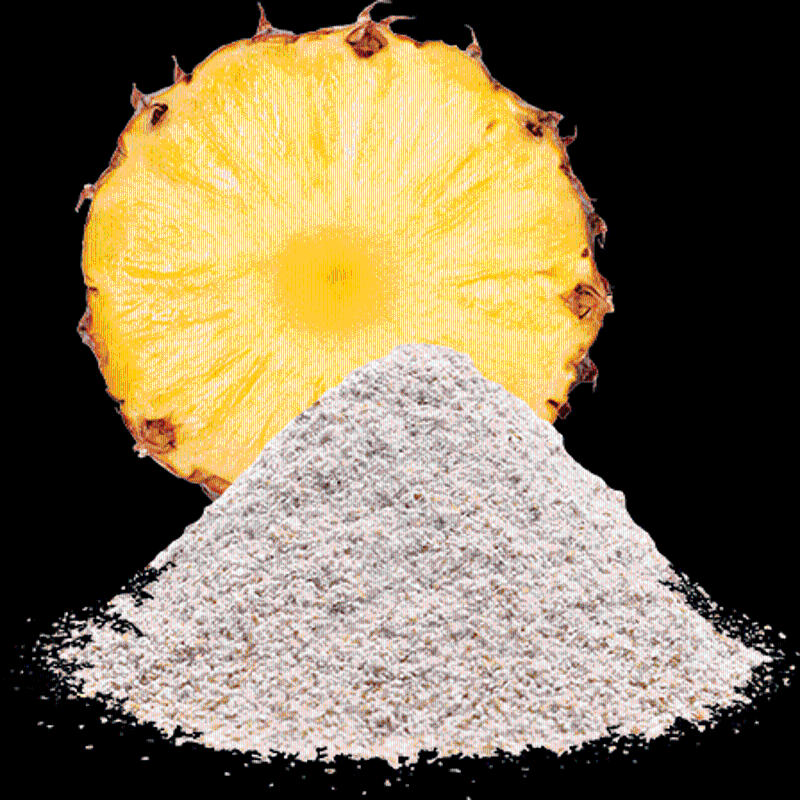The role of several commonenzymes
-
Last Update: 2020-06-29
-
Source: Internet
-
Author: User
Search more information of high quality chemicals, good prices and reliable suppliers, visit
www.echemi.com
phytic enzyme can improve the utilization rate of phytic acid phosphorus in plant feed, but also improve the efficiency of the use of trace elements such as zinc, iron, copper and so on, add phystase to duck feed, significantly save inorganic phosphorus, reduce phosphorus pollution to the environment, and improve the production performance of ducks, with good economic and social benefitsAt present, phythase in many countries, are produced by the use of hetformase, called 3-phytoaseBecause of the use of natural microorganisms production, low yield, high cost, the way forward is to use gene recombination technology, improve microbial enzyme production, reduce costsIn addition, some natural plant feed contains phytoase to varying degrees, wheat, especially its by-product wheat bran contains a very high level of phytic enzyme, so its phytic phosphorus utilization rate is highC99
The compound cellulase can improve the efficiency of animal sume sourcing non-nutritional carbohydrates, and is one of the most developed and developing enzymesAt present, the development and utilization of cellulase is still in its infancyCellulas used in the feed industry are mainly produced by some qurtillasfermentation fermentation, often as compound enzymes, cellulose, hemice, pectin, starch, etchave a certain digestion and utilizationBecause the quality of this enzyme is related to its production process, duck producers in the selection of this type of enzyme preparation, pay attention to its quality, the amount can refer to the product specificationC99
Polysaccharide is a kind of enzyme that has been studied and developed in the worldBarley and wheat seeds and non-starch polysaccharides (NSP) such as beta-glucan content are highIn the duck with the amount of feed, it contains too much non-starch polysaccharides in the intestines easy to form sticky eating, affecting the digestion and utilization of nutrients, adding polysaccharides in the diet, can make non-starch polysaccharides degradation to produce small available polysaccharides, eliminate its ability to form viscous eating, and significantly improve the digestion of nutrients, reduce the amount of organic waste, reduce environmental pollution, add reference productsC99
Protease and amylase are mainly protein and amyloid substances in feed, which can improve the digestive utilization rate of animalsIn production, these enzymes are mainly used in young animals with poor digestive enzyme secretionDucks can be added to the feed, the dosage is generally 0.1%C99
Among the enzymes mentioned above, the phytoase and polysactopherase and the multi-enzyme complex of the above-mentioned enzymes are used more in duck feedIn production, the use of enzymes should be combined with animal physiological characteristics and feed characteristics to choose a reasonable enzyme preparation, otherwise it is likely to not achieve the desired effectC99phytic enzyme can improve the utilization rate of phytic acid phosphorus in plant feed, but also improve the efficiency of the use of trace elements such as zinc, iron, copper and so on, add phytoase to duck feed, significantly save inorganic phosphorus, reduce phosphorus pollution to the environment, and improve the production performance of ducks, with good economic and social benefitsAt present, phythase in many countries, are produced by the use of hetformase, called 3-phytoaseBecause of the use of natural microorganisms production, low yield, high cost, the way forward is to use gene recombination technology, improve microbial enzyme production, reduce costsIn addition, some natural plant feed contains phytoase to varying degrees, wheat, especially its by-product wheat bran contains a very high level of phytic enzyme, so its phytic phosphorus utilization rate is highC99
The compound cellulase can improve the efficiency of animal sume sourcing non-nutritional carbohydrates, and is one of the most developed and developing enzymes At present, the development and utilization of cellulase is still in its infancy Cellulas used in the feed industry are mainly produced by some qurtillasfermentation fermentation, often as compound enzymes, cellulose, hemice, pectin, starch, etc have a certain digestion and utilization Because the quality of this enzyme is related to its production process, duck producers in the selection of this type of enzyme preparation, pay attention to its quality, the amount can refer to the product specification C99
Polysaccharide is a kind of enzyme that has been studied and developed in the world Barley and wheat seeds and non-starch polysaccharides (NSP) such as beta-glucan content are high In the duck with the amount of feed, it contains too much non-starch polysaccharides in the intestines easy to form sticky eating, affecting the digestion and utilization of nutrients, adding polysaccharides in the diet, can make non-starch polysaccharides degradation to produce small available polysaccharides, eliminate its ability to form viscous eating, and significantly improve the digestion of nutrients, reduce the amount of organic waste, reduce environmental pollution, add reference products C99
Protease and amylase are mainly protein and amyloid substances in feed, which can improve the digestive utilization rate of animals In production, these enzymes are mainly used in young animals with poor digestive enzyme secretion Ducks can be added to the feed, the dosage is generally 0.1% C99
Among the enzymes mentioned above, the phytoase and polysactopherase and the multi-enzyme complex of the above-mentioned enzymes are used more in duck feed In production, the use of enzymes should be combined with animal physiological characteristics and feed characteristics to choose a reasonable enzyme preparation, otherwise it is likely to not achieve the desired effect C99
Share it on feed
This article is an English version of an article which is originally in the Chinese language on echemi.com and is provided for information purposes only.
This website makes no representation or warranty of any kind, either expressed or implied, as to the accuracy, completeness ownership or reliability of
the article or any translations thereof. If you have any concerns or complaints relating to the article, please send an email, providing a detailed
description of the concern or complaint, to
service@echemi.com. A staff member will contact you within 5 working days. Once verified, infringing content
will be removed immediately.







